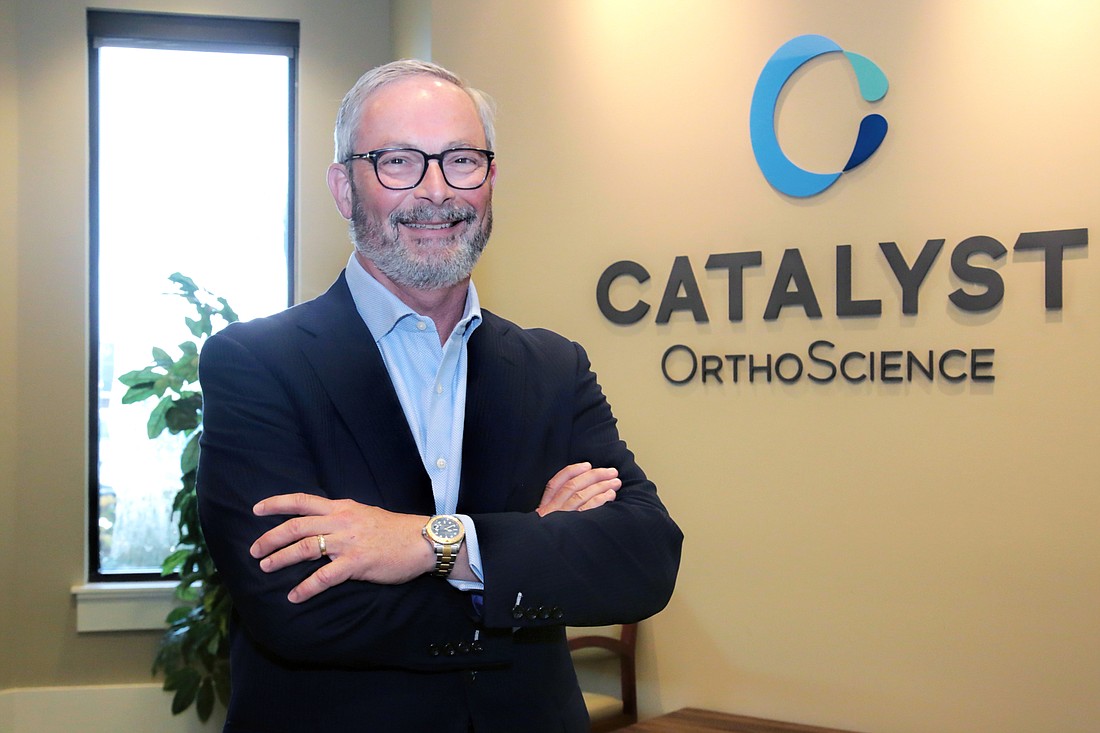- December 13, 2025
-
-
Loading

Loading

After years of performing shoulder reconstruction surgeries, Dr. Steven Goldberg of Naples could no longer shrug off some of the permanent effects and lengthy recovery times often associated with the procedure.
So in 2011, the orthopedic surgeon began the two-year development of a prosthetic that would be less invasive, require less trauma to surrounding bone and tissue, and be performed in about half the time.